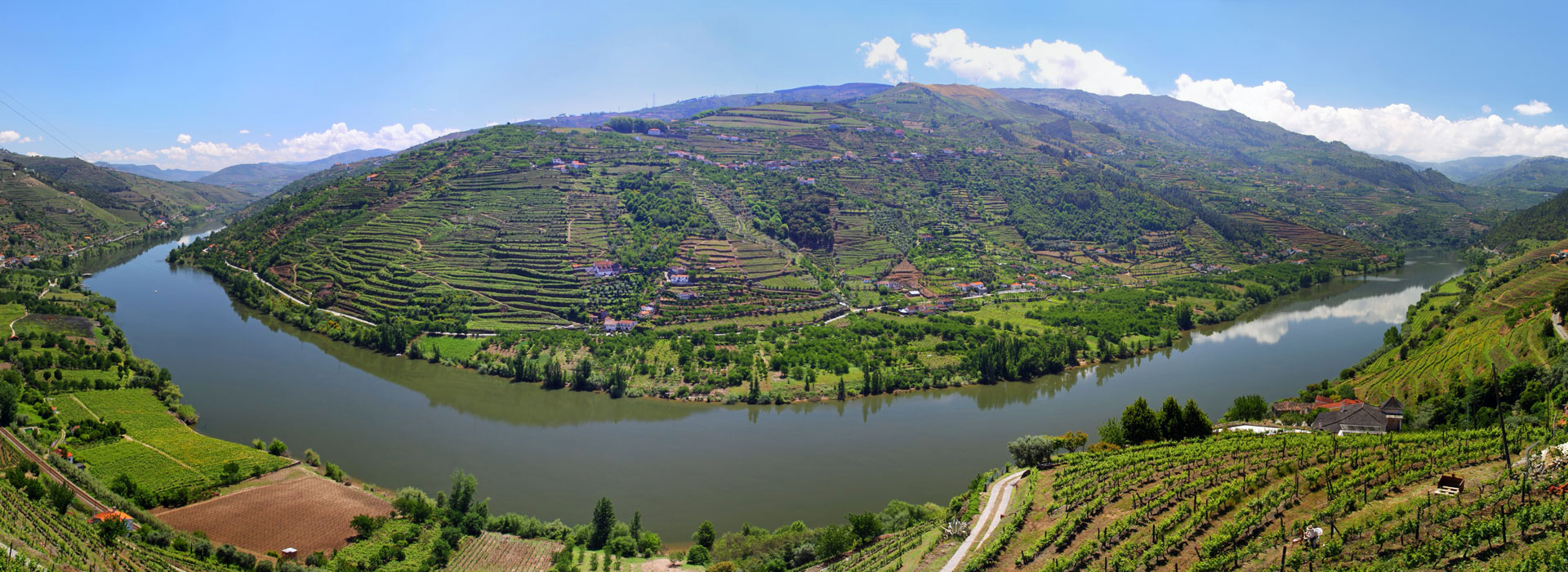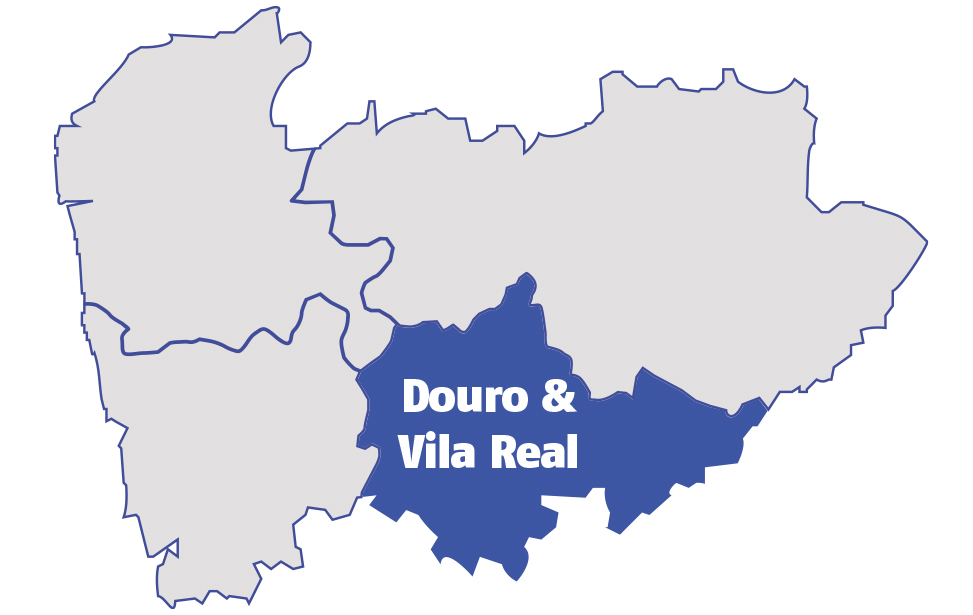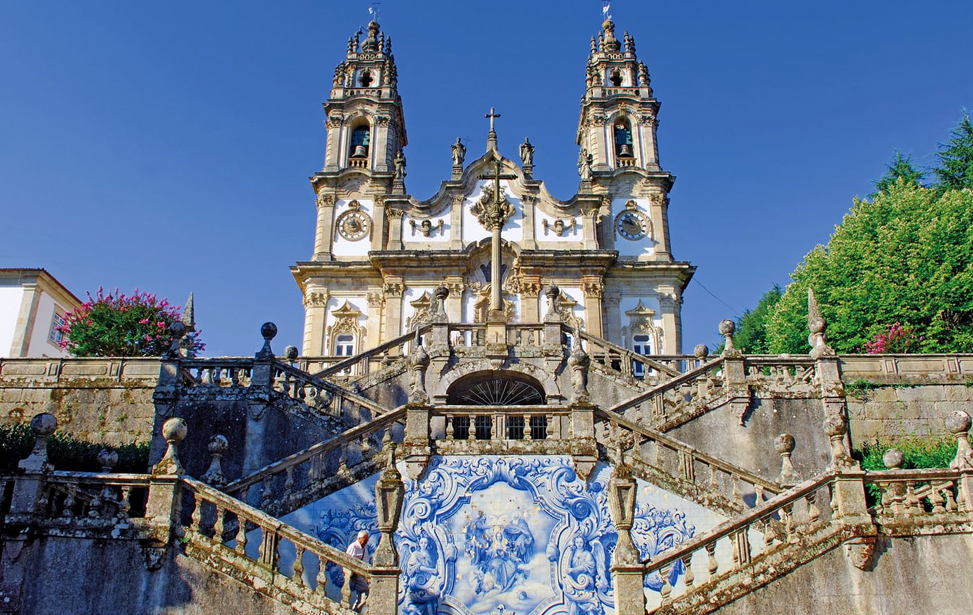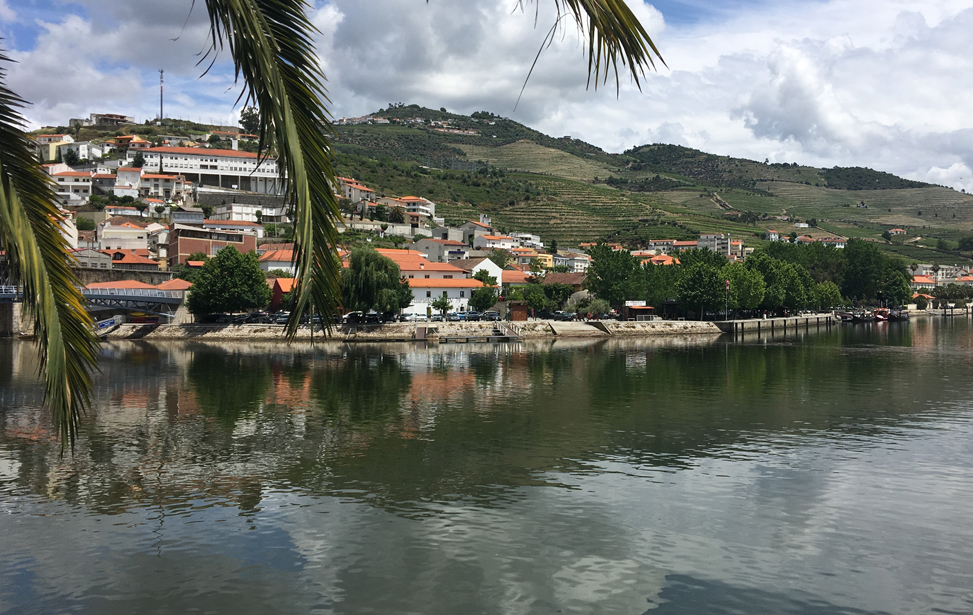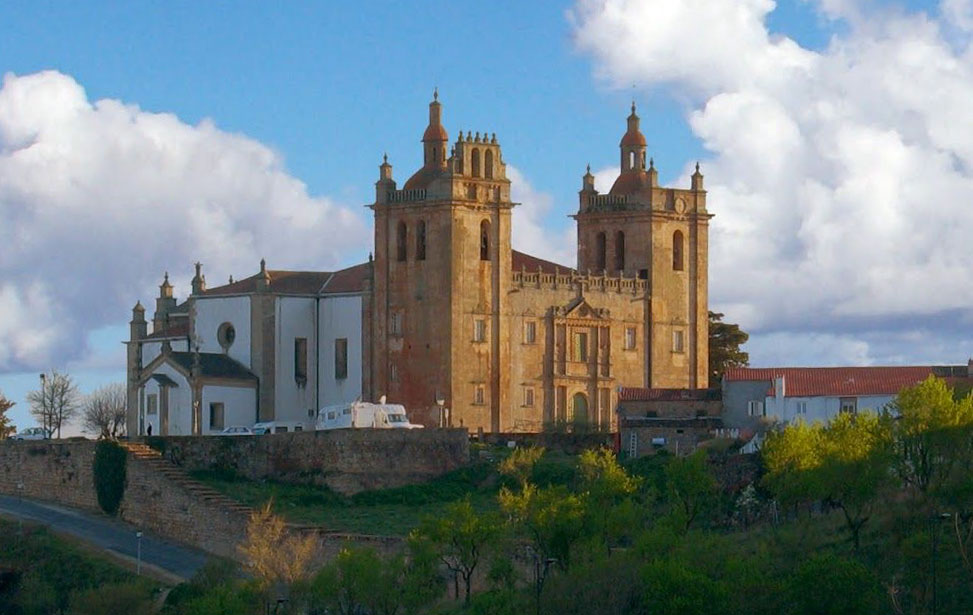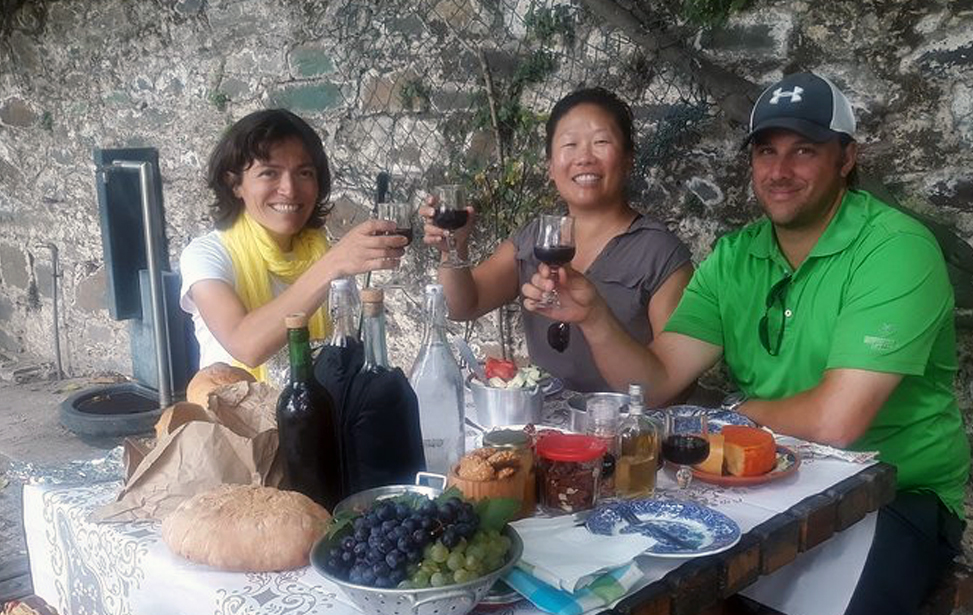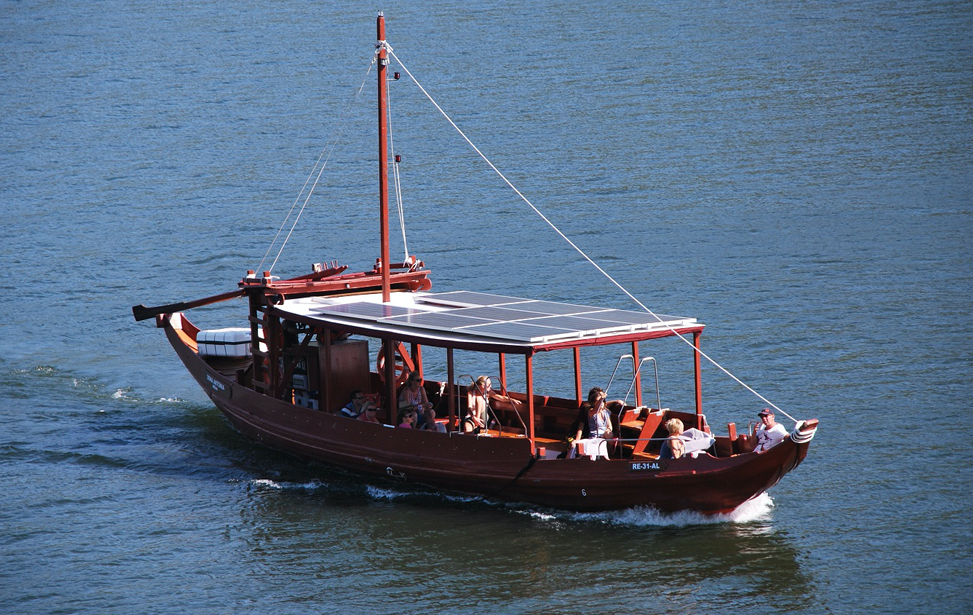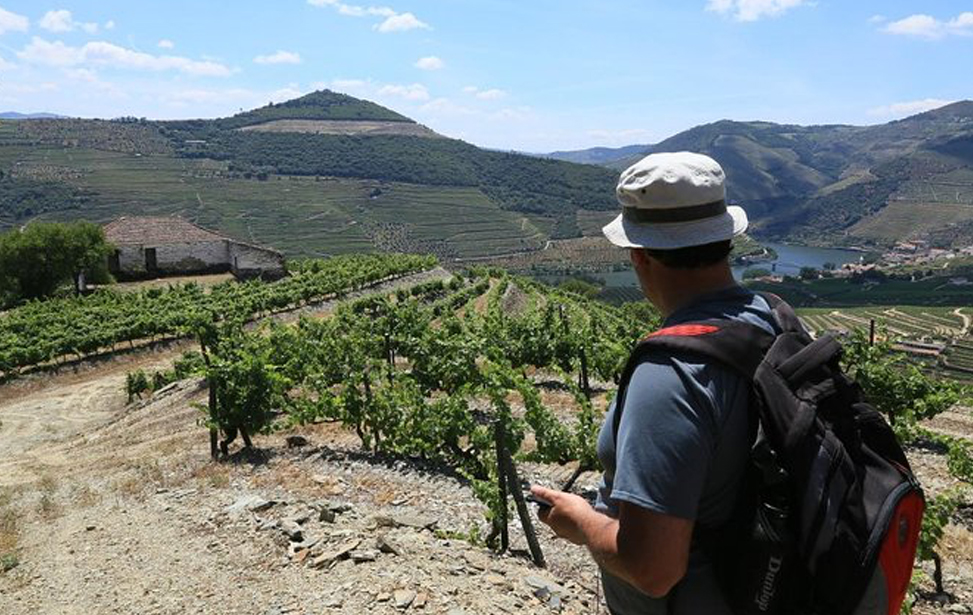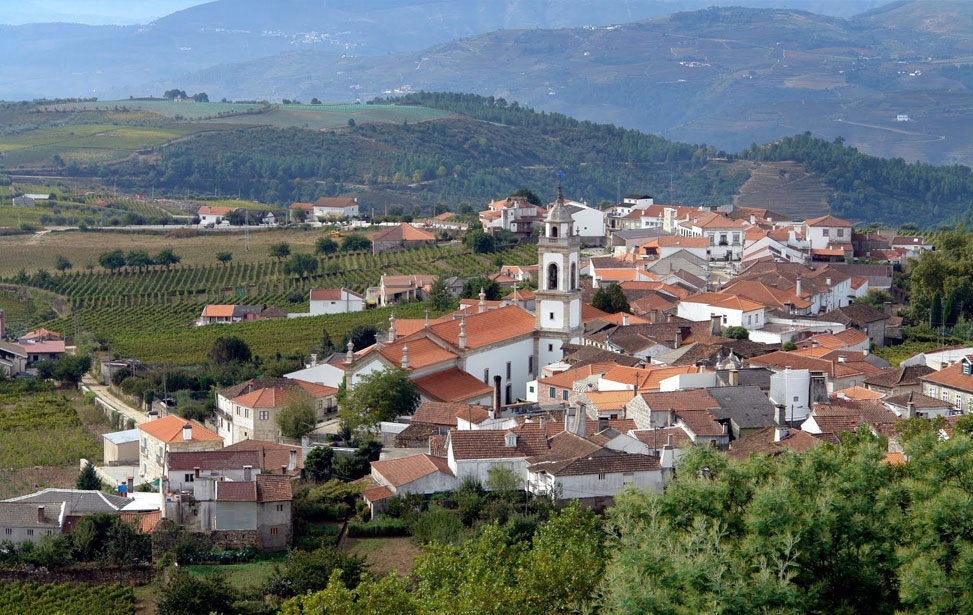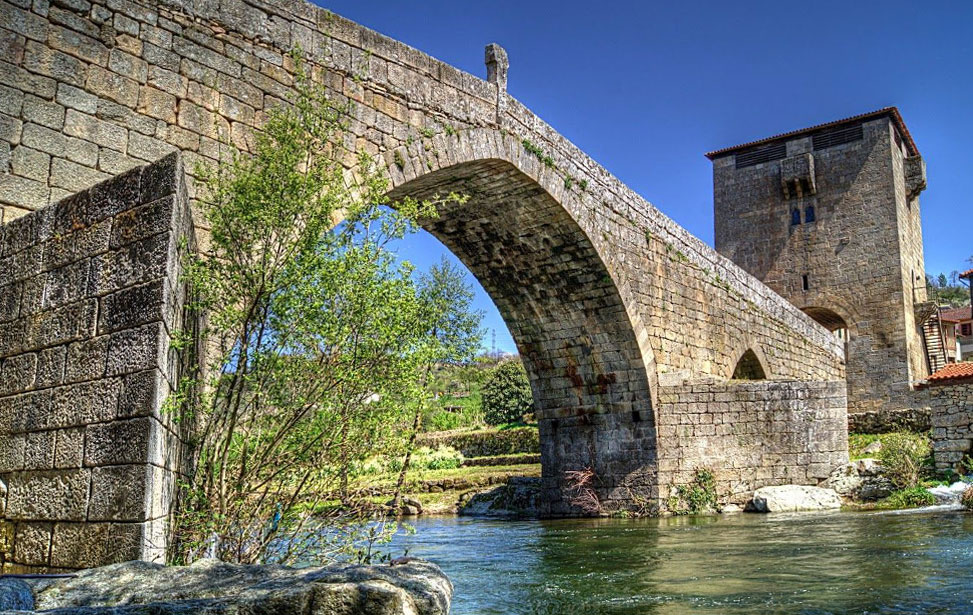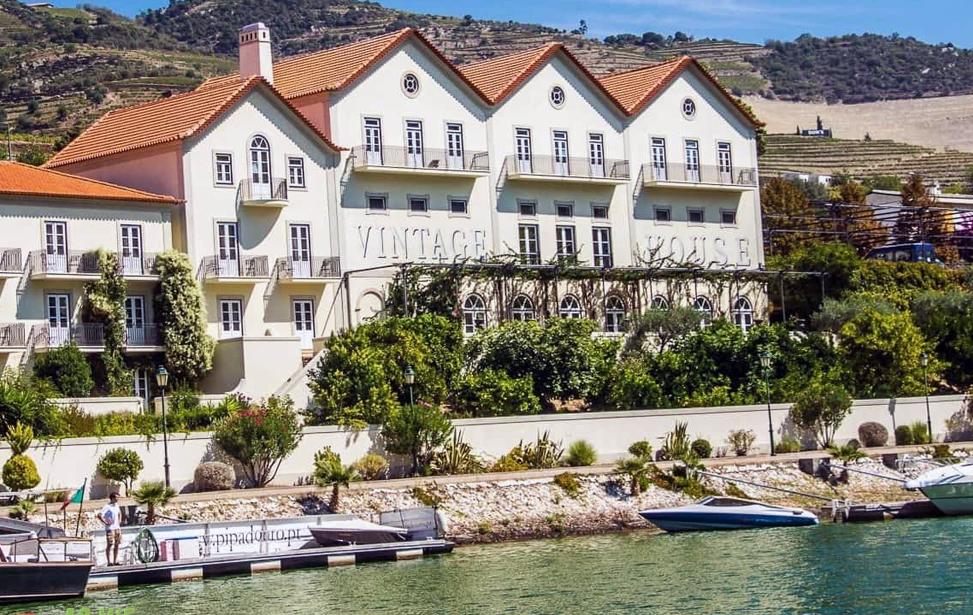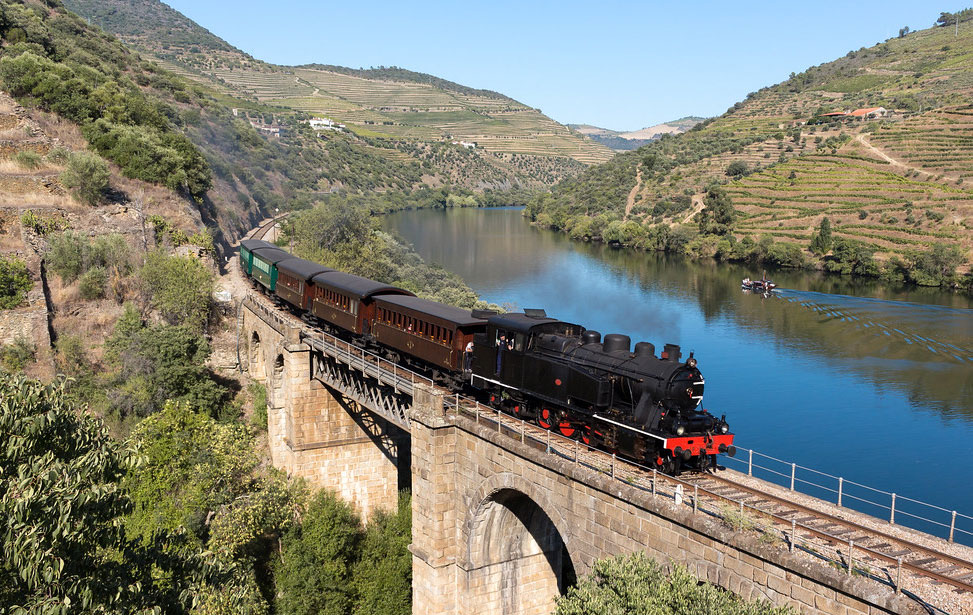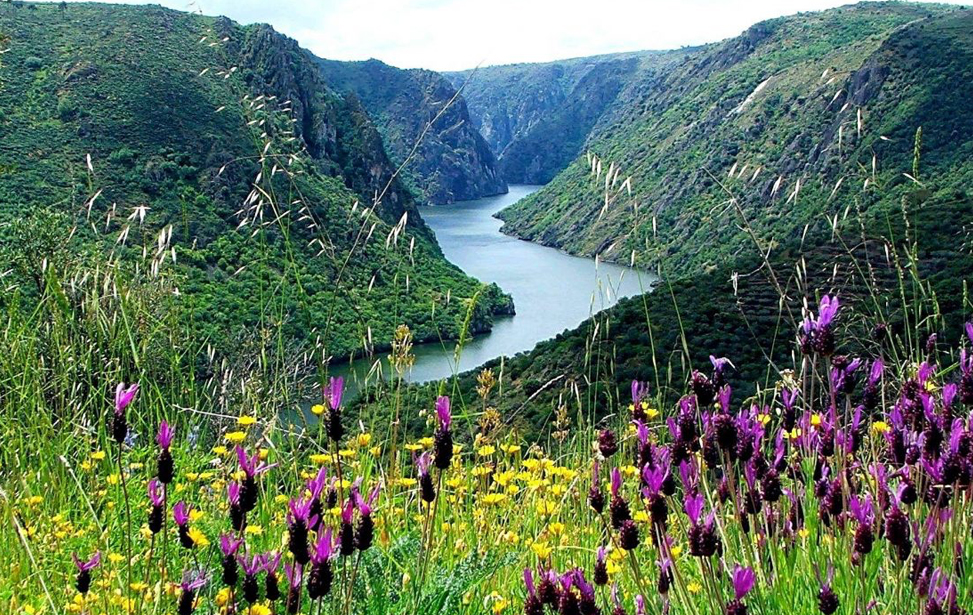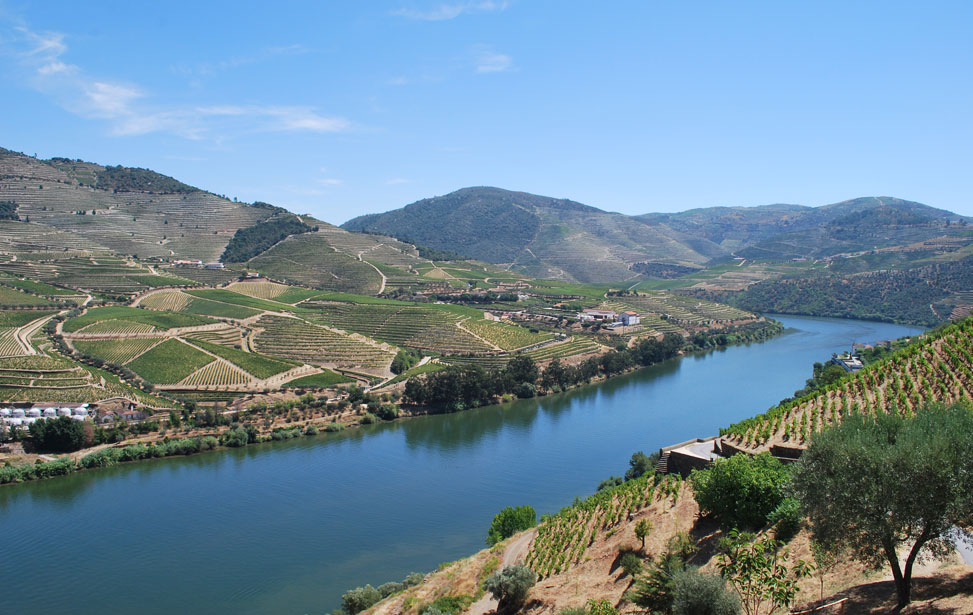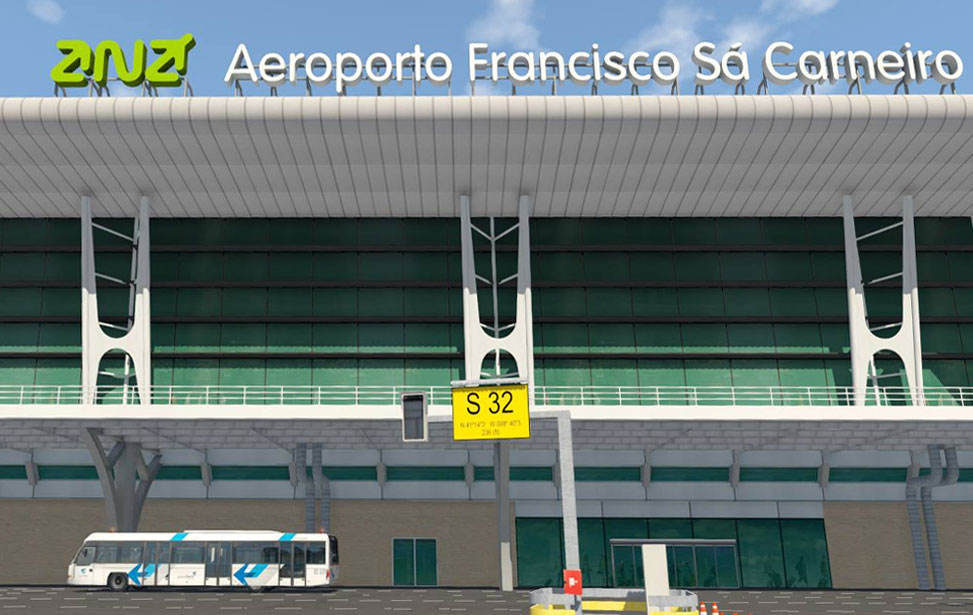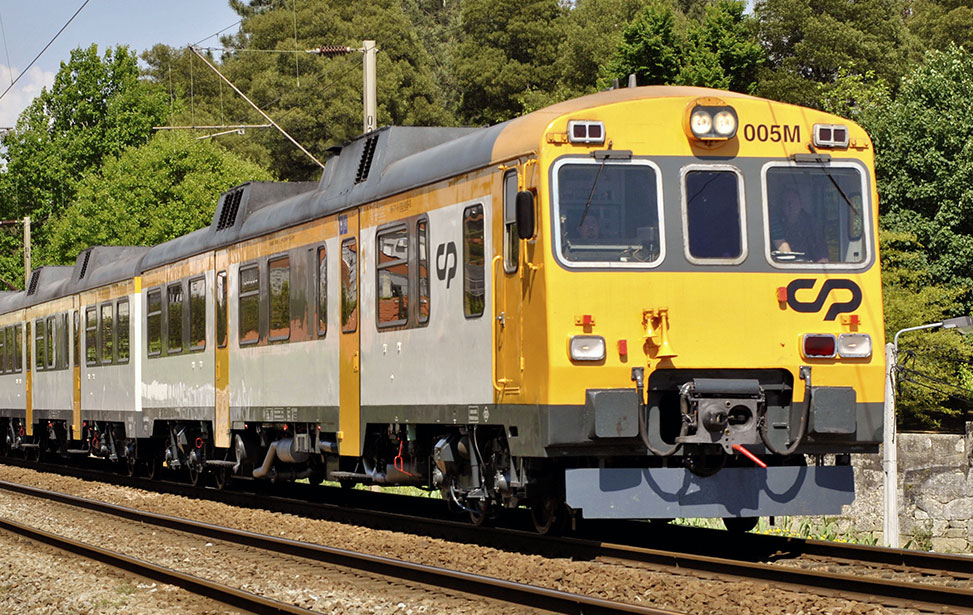THE DOURO REGION
Located in the heart of Northern Portugal, the Douro Valley is a picturesque gem, awaiting your discovery. The Douro River, the third-longest river in the Iberian Peninsula, flows an impressive 897km (557 mi) from its source in Duruelo de la Sierra in Spain, westwards to its estuary in Porto. For 112km, the river's dramatic gorges and steep valley sides create a natural border with Portugal, which once served as a formidable defence against marauding armies. Today, dams tamed these torrents, and the upper Douro region is part of the Parque Natural do Douro Internacional nature park, ensuring its rustic beauty and environmental significance are protected by law.
Explore the Douro Valley's terraced vineyards, producing some of the world’s finest table wines and the renowned Port wine. Enjoy wine-tasting tours in charming quintas, where you can sample these regional delights and learn about their rich history. The valley is a haven for nature lovers, offering scenic hiking trails, boat cruises, and breathtaking viewpoints.
Let MADABOUTPORTO.COM be your indispensable guide to unlocking the secrets of the Douro Valley. We'll help you find the best things to see and do, from exploring historic villages to savouring local cuisine. Whether planning a romantic getaway or an adventurous trip, your journey starts here!


 MAD ABOUT LISBON
MAD ABOUT LISBON MAD ABOUT SINTRA
MAD ABOUT SINTRA MAD ABOUT PORTUGAL
MAD ABOUT PORTUGAL